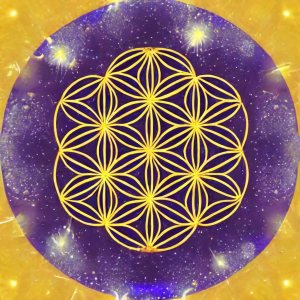
This year Spring officially arrived at 5:01 am EDT (2:01 am PDT). For those of us in the Northern Hemisphere, this is marked by the arrival of the Spring Equinox. It signals the Fall Equinox in the Southern Hemisphere.
Equinox translates from Latin as “equal night” or “equal day, equal night”. This happens when the Sun is positioned directly over the equator, so we have approximately 12 hours of daylight and 12 hours of night (give or take a few minutes).
During Spring, the path of the Sun continues to move north, increasing the duration of Sunlight. When the Sun reaches the Tropic of Cancer (latitude 23.5 degrees north), it has arrived at the point of the Summer Solstice. This is the beginning of Summer for the northern hemisphere and is usually the longest day of the year (give or take a few hours). On the Summer Solstice, the Sun appears to stop on its journey heading north and pause. This is why it is called Solstice, derived from the Latin word SOL (Sun) and sister, “to stand still”. After the Summer Solstice, the Sun appears to move south, back toward the equator and our days grow shorter.
This apparent “up and down” motion of the Sun is the result of the wobble in the Earth’s rotation of its axis. Our Sun is not actually moving up and down on the horizon, even though it looks like that. More on that in another article and podcast. The good news for gardeners and hikers is that the hours of daylight are increasing and the weather is getting warmer!
We often have a late frost, meaning a hard or light frost that comes after the Spring Equinox. So, it is a good idea to wait a week or two before putting any new seedlings out in your spring garden. This is also a good time to get over to your favorite nursery to pick up any vegetable plants that you didn’t have time to start from seed. You might also find a fruit tree or vine that needs a good home. We usually prefer planting “heirloom” seeds or plants, rather than “gmo” or those that are genetically modified.
Also consider picking up a few pollinator-friendly plants, especially perennials. If you plant more pollinator-friendly plants, you will usually have more fruits and vegetables. The more happy pollinators you attract to your garden, the more blossoms will be pollinated!
This is a wonderful time of year for a long walk in the woods or a day hike in the nearest county, state, or national park. When we slow down and take time to walk in the woods, we are lowering our stress levels and becoming more centered and coherent. Many people find they usually sleep better, meaning deeper and longer, after spending an afternoon in the forest. In Japan, this is known as “forest bathing”. The Japanese, the Germans, and the Koreans have all done scientific studies, showing all the positive results just from a few hours spent in the forest!
We will have a partial solar eclipse on March 29. This is the first Solar Eclipse of 2025! It will be visible in parts of North America, Europe, Africa, throughout Greenland, and Iceland, as well as parts of the Atlantic and Arctic oceans. March is going to be a busy month for all kinds of wonderful and healthy activities out-of-doors!
Remember, if you are feeling too stressed, or just worn out with all the political chaos, step out of civilization and back into Creation for a while. Creation is working just fine, and Spring is a great time to remind ourselves of all the Beauty and Wonder that surrounds us.
Mary Christopher teaches mindfulness, breathing practices,
and the HeartMath program for Building Personal Resilience.
She loves gardening and meditating with Trees!
No comments yet. Be the first to say something!